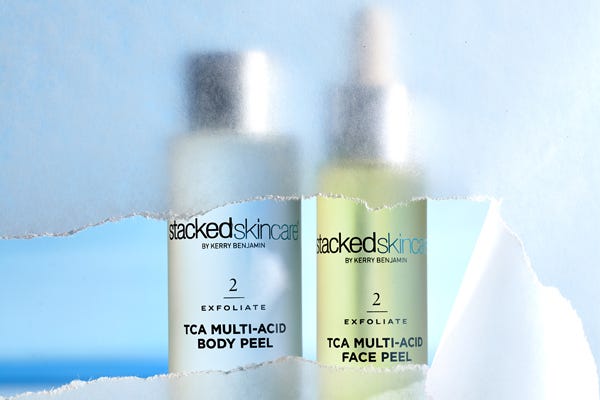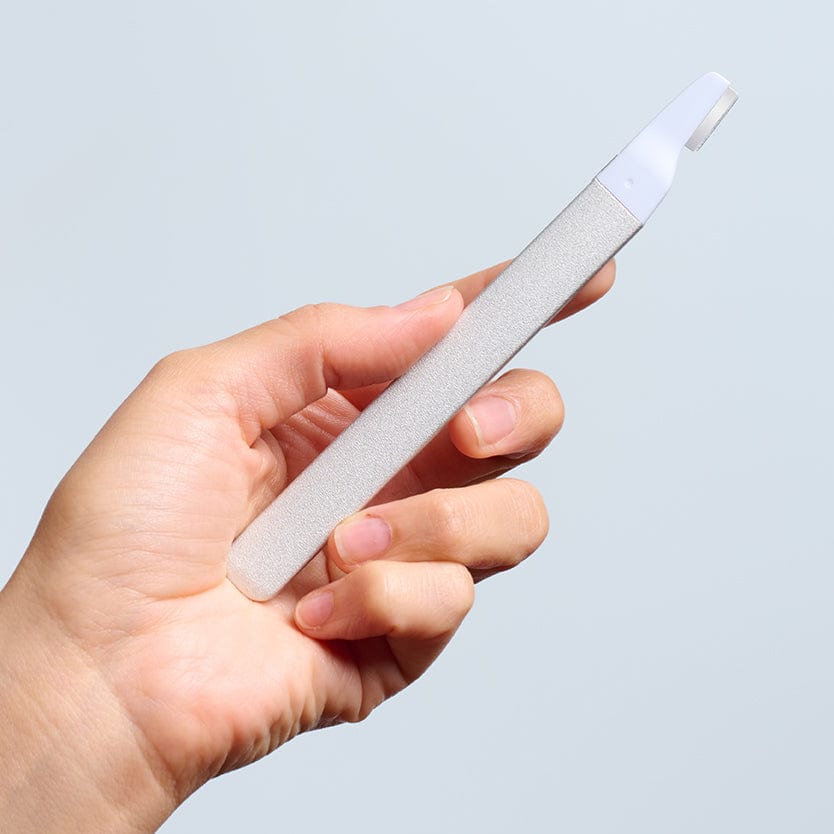The Difference Between Retin-A, Retinol, & Retinoid
Written by Kerry Benjamin

For the last decade or so, retinoids have been considered one of the most effective topical treatments for improving skin turnover. But between retinoids, retinol, and Retin-A, how do you know what to look for? Here are the basics.
Retinoids
The term “retinoid” describes a family of ingredients that includes both Retin-A and retinol. Retinoids are a class of ingredients chemically related to vitamin A. These diverse compounds naturally occur everywhere in our bodies and are vital to internal processes like immune function and tissue repair.
When looking at skincare products, it’s important to remember that “retinoid” is an umbrella term and doesn’t specify the type of retinoid compound in the formula. The only type of retinoid that your skin is able to process immediately is retinoic acid. All other forms of retinoids have to be converted by skin enzymes into retinoic acid before the skin is able to use it.
Retinol
Retinol is a specific form of vitamin A that is naturally produced in your body. When it’s applied topically, enzymes in your skin convert retinol into retinaldehyde and then into retinoic acid. Because of the two-step conversion that it has to undergo before the skin can use it, retinol is a naturally gentle; this means that while its results are slower, it has fewer side effects. The conversion into retinoic acid can take at least a few weeks, which is why you should use retinol products consistently for a few months before expecting to see results.
Retin-A
Retin-A is a prescription-only tretinoin cream. Tretinoin is another name for retinoic acid! Because it is a form of retinoic acid, Retin-A does not need to be broken down by the enzymes in your skin before it can be used. Retin-A products are approximately 100 times stronger than the average retinol cream you get over the counter. This strength comes with amazing and speedy results—diminished blemishes, reduction in wrinkles, boosted skin elasticity—but also major side effects. Due to its strength, Retin-A can cause itching, scaling, burning, peeling, and extreme redness when you first begin using the medication. Traditionally, Retin-A has only been prescribed for severe acne; however, some dermatologists are also now prescribing it to patients eager to reduce lines and improve skin firmness.
Retinoids are incredibly effective ingredients in an ageless complexion. But it’s important to take your skin concern and type into consideration. If you’re battling serious adult acne in addition to wrinkles, consider talking to your dermatologist about Retin-A. However, if you’re just looking for a preventative aging measure or have sensitive skin, try a skincare treatment infused with retinol like our TCA Multi-Acid Face Peel to treat hyperpigmentation and fine lines. And remember: all retinoids increase your skin’s sensitivity to the sun so be sure to use SPF daily while using any retinoid treatment!
About the Author

Kerry Benjamin, a licensed aesthetician, has over 14 years of experience. Kerry is the driving force behind StackedSkincare. As the company's CEO, Kerry has dedicated her career to revolutionizing skincare. Her innovative approach combines peels, serums, and specialized tools to effectively address a wide range of skin concerns. CA LE license number Z98459.

